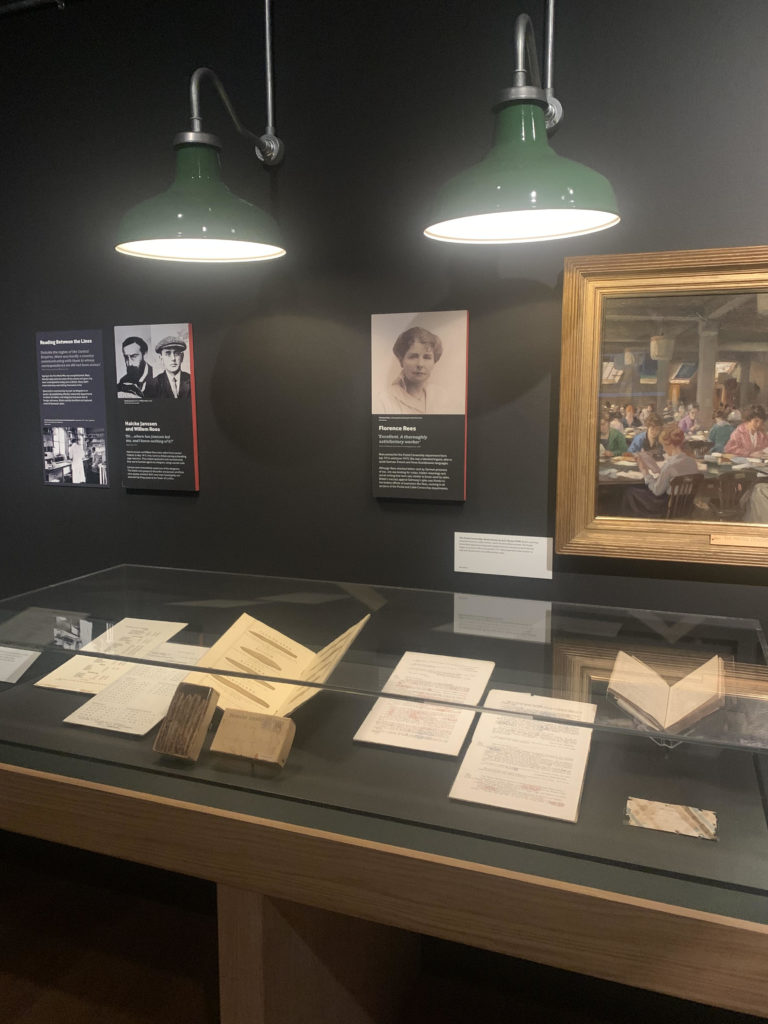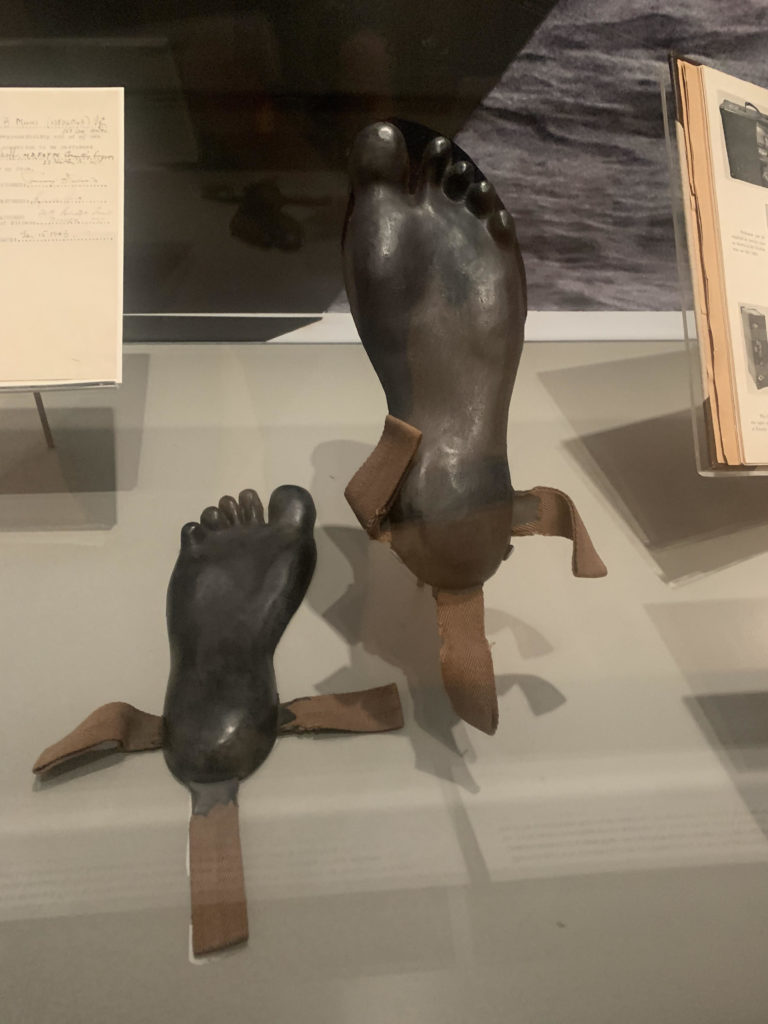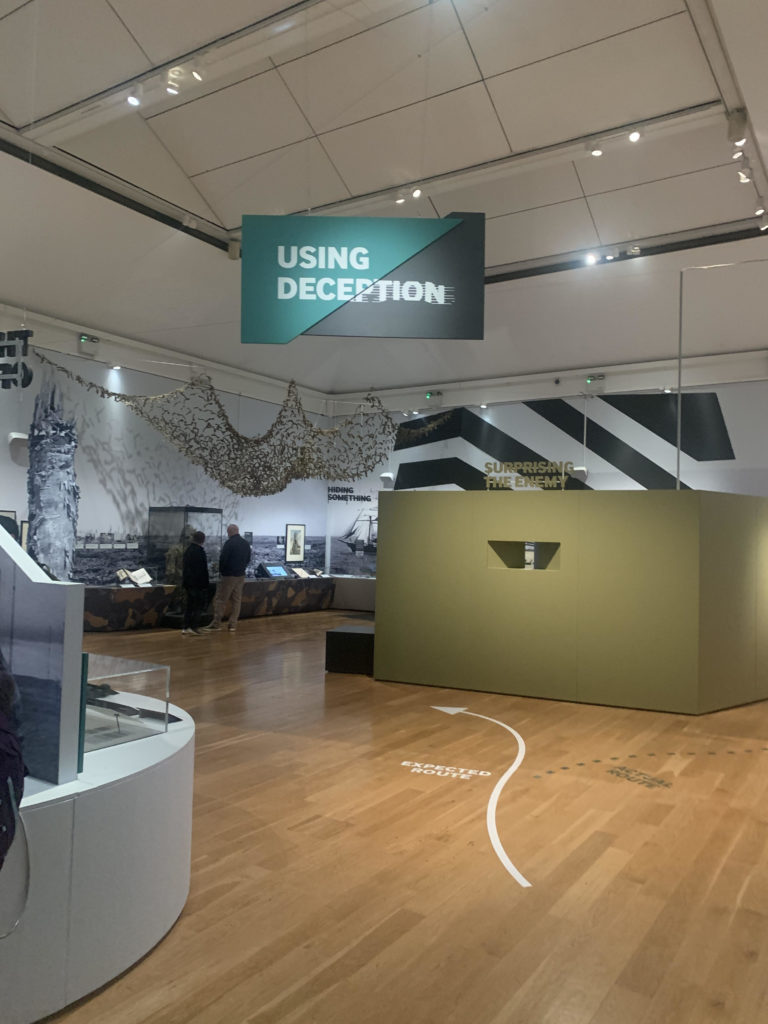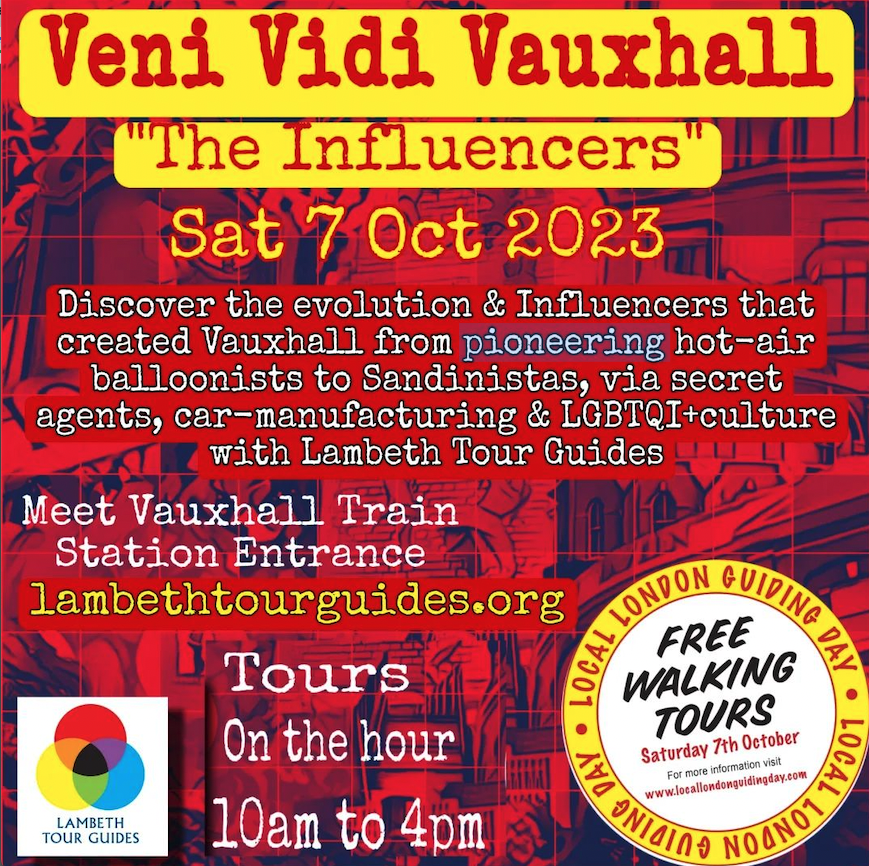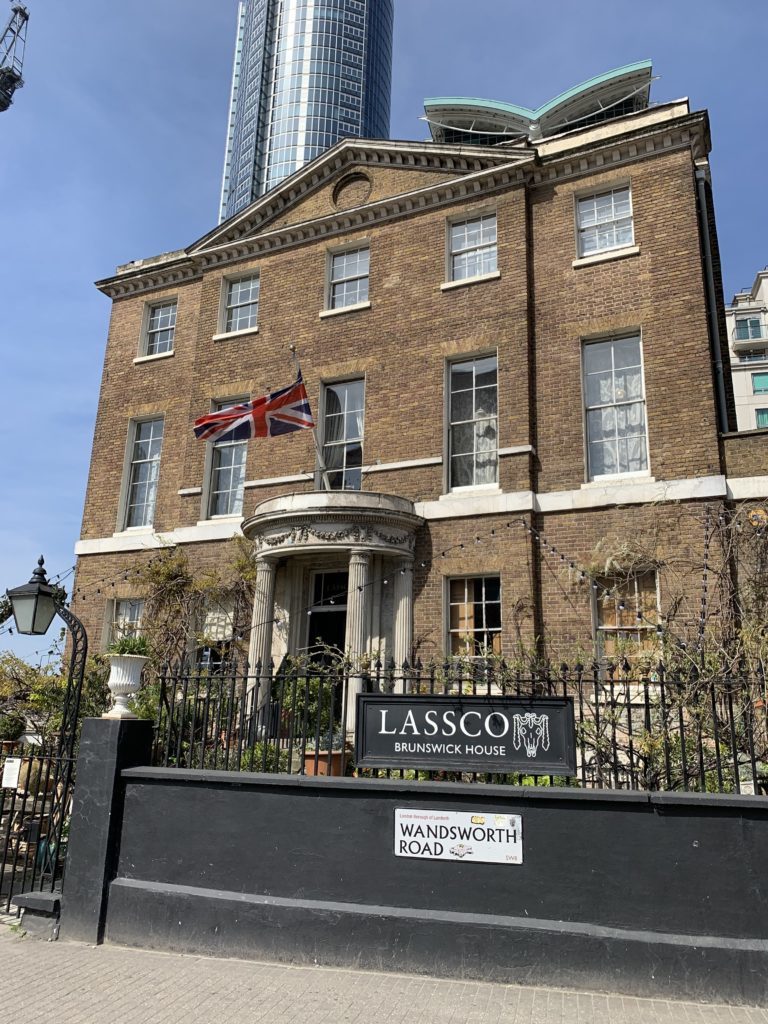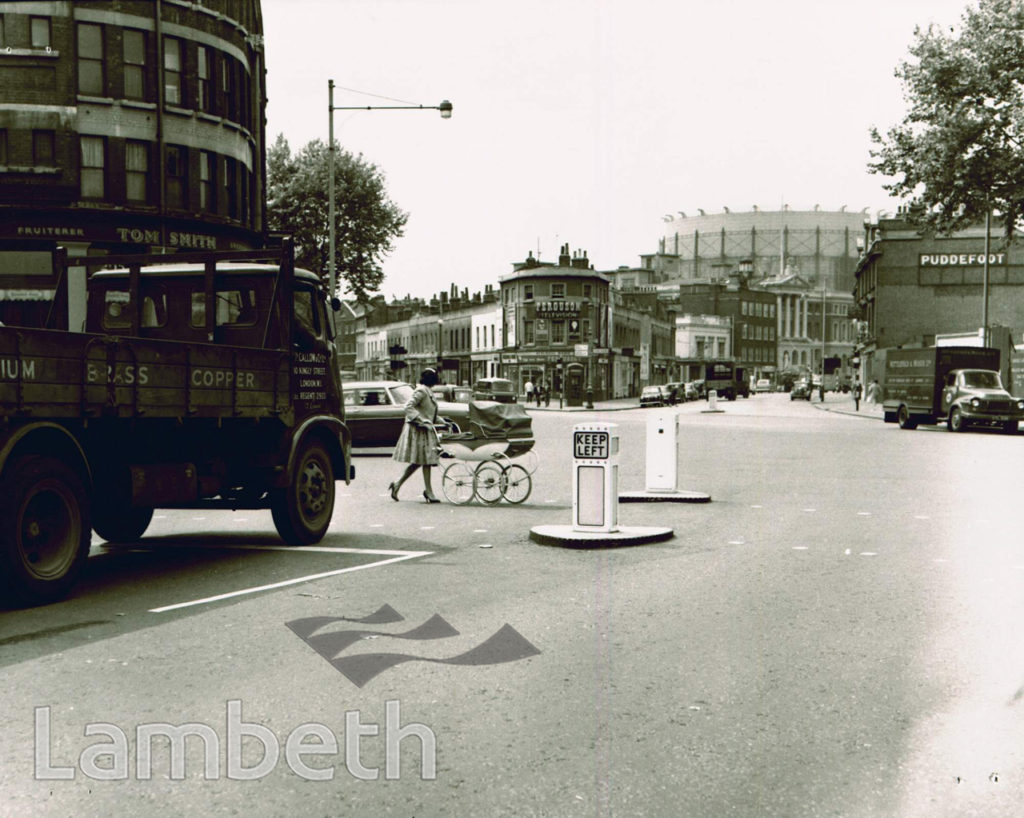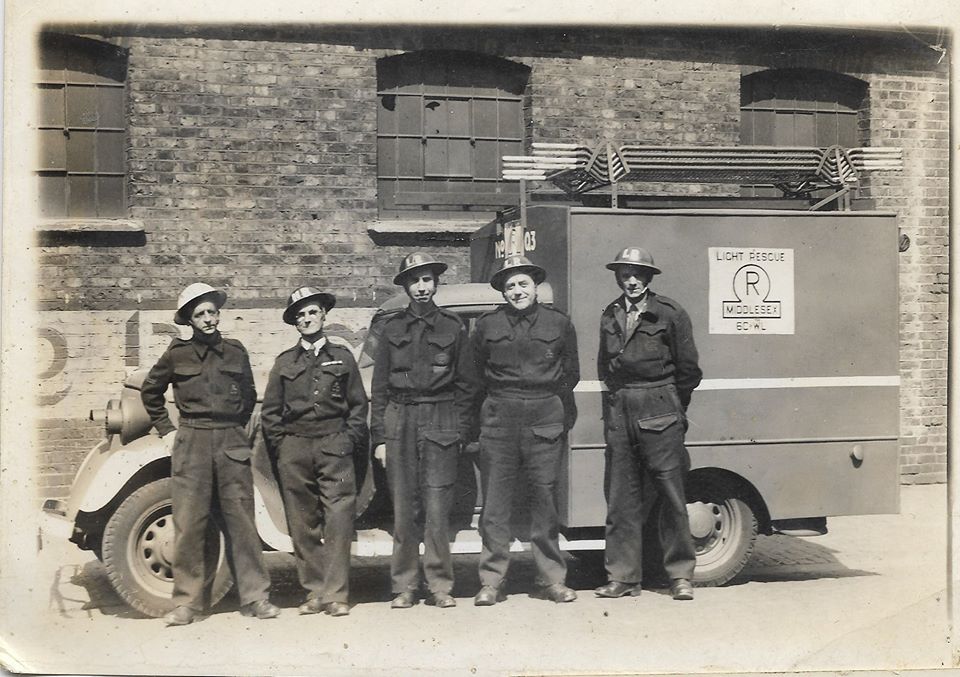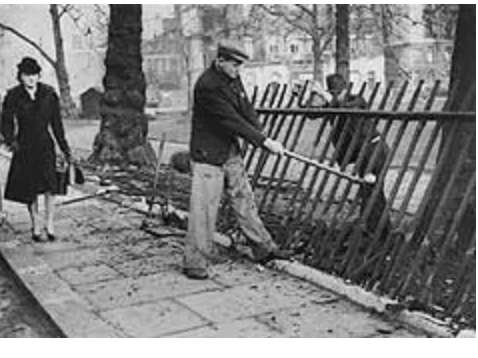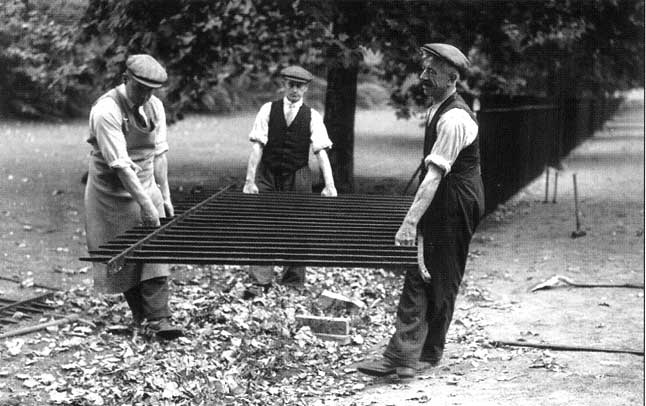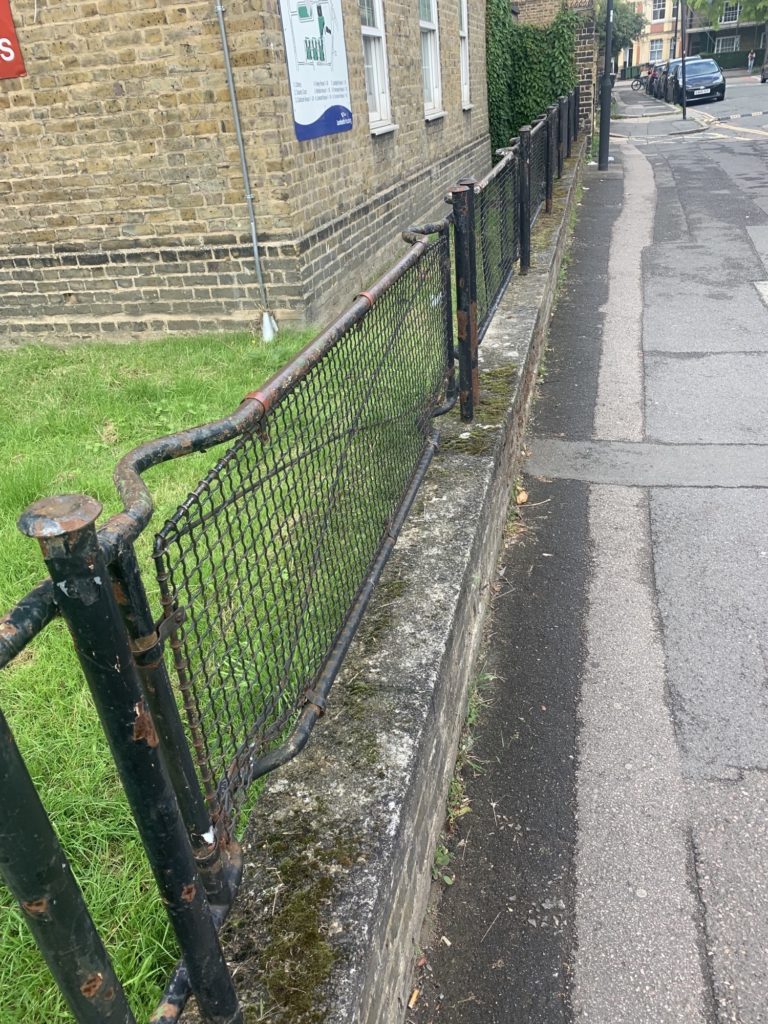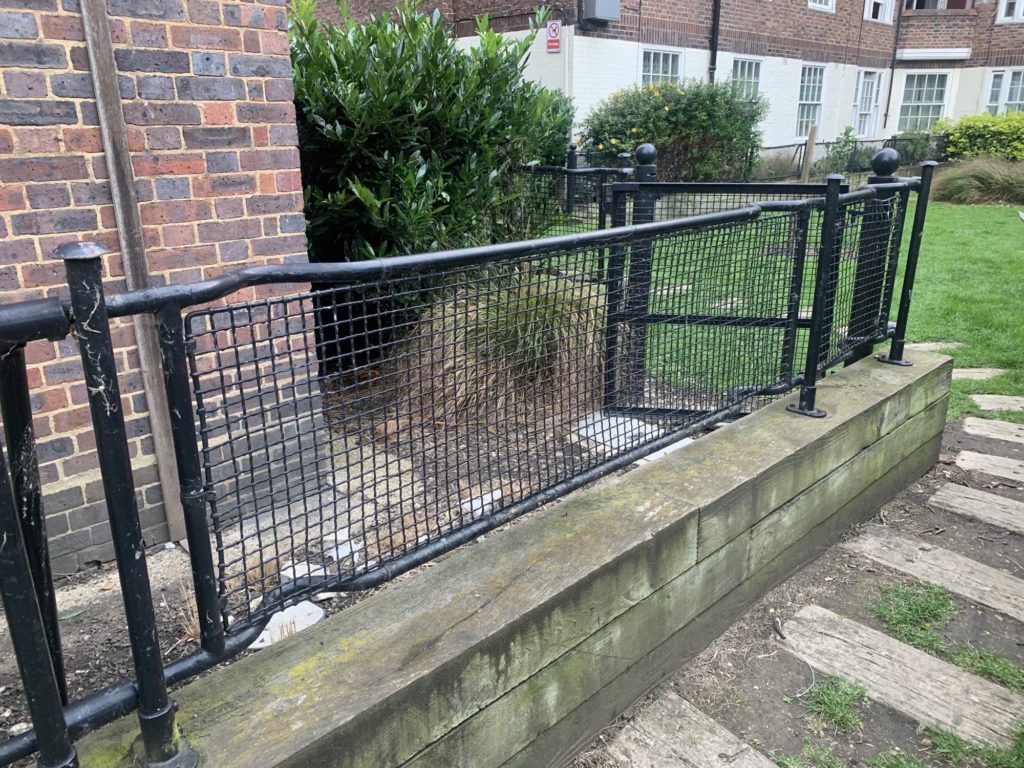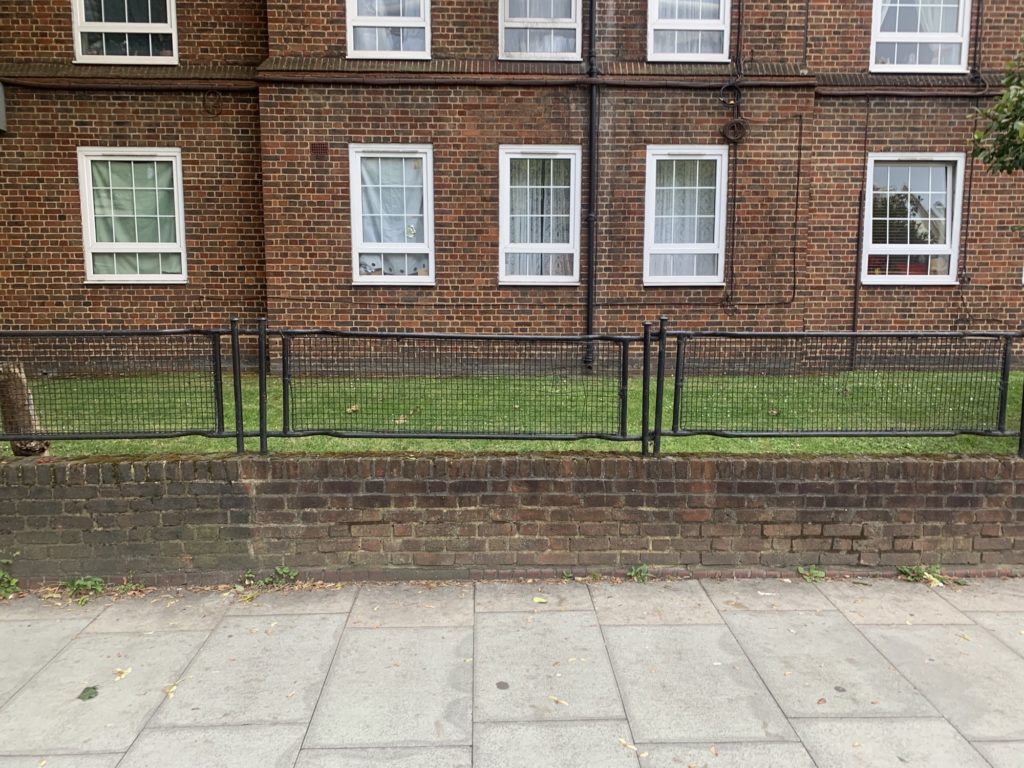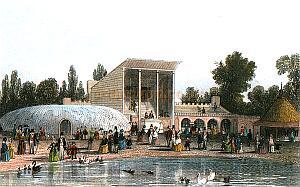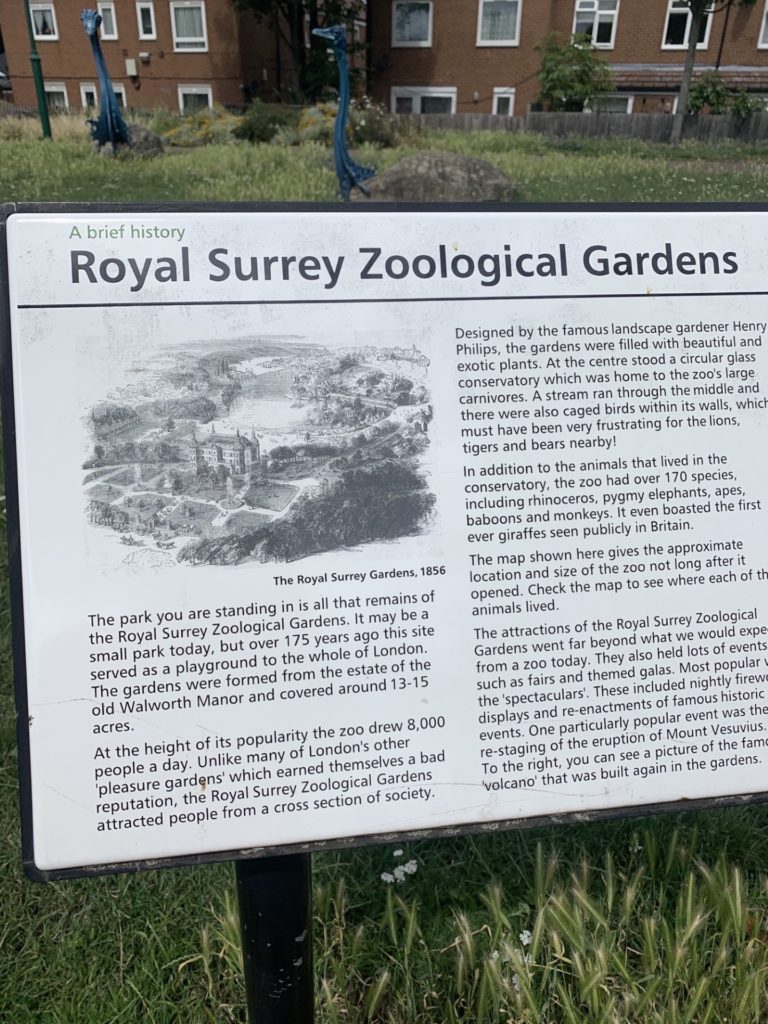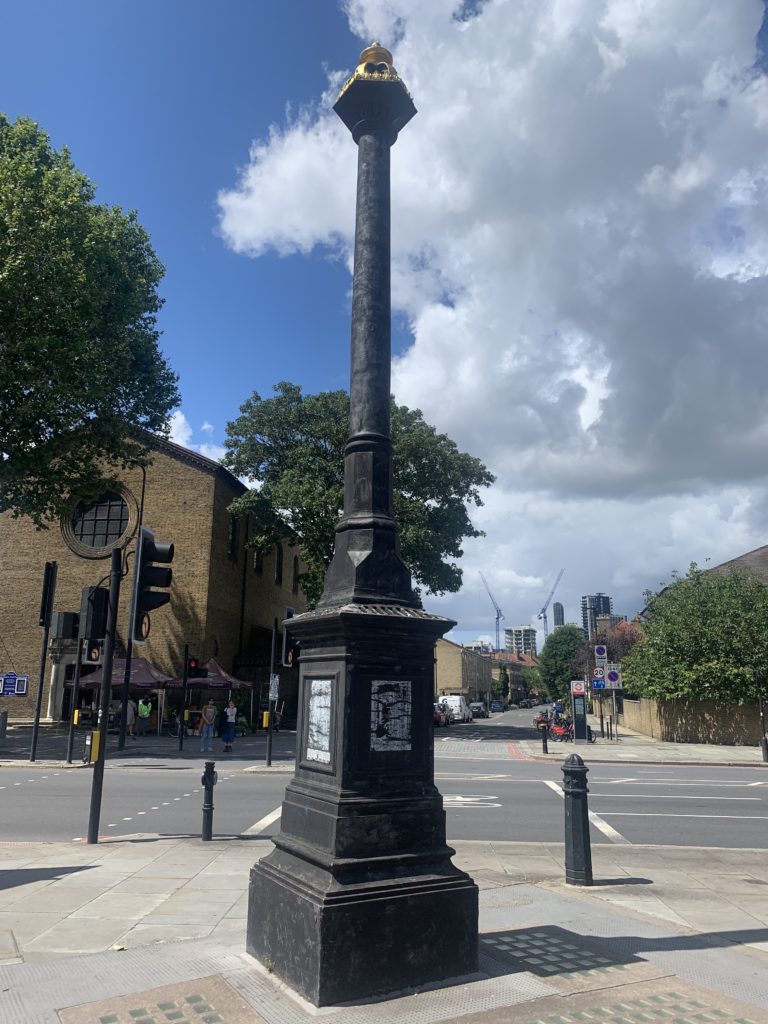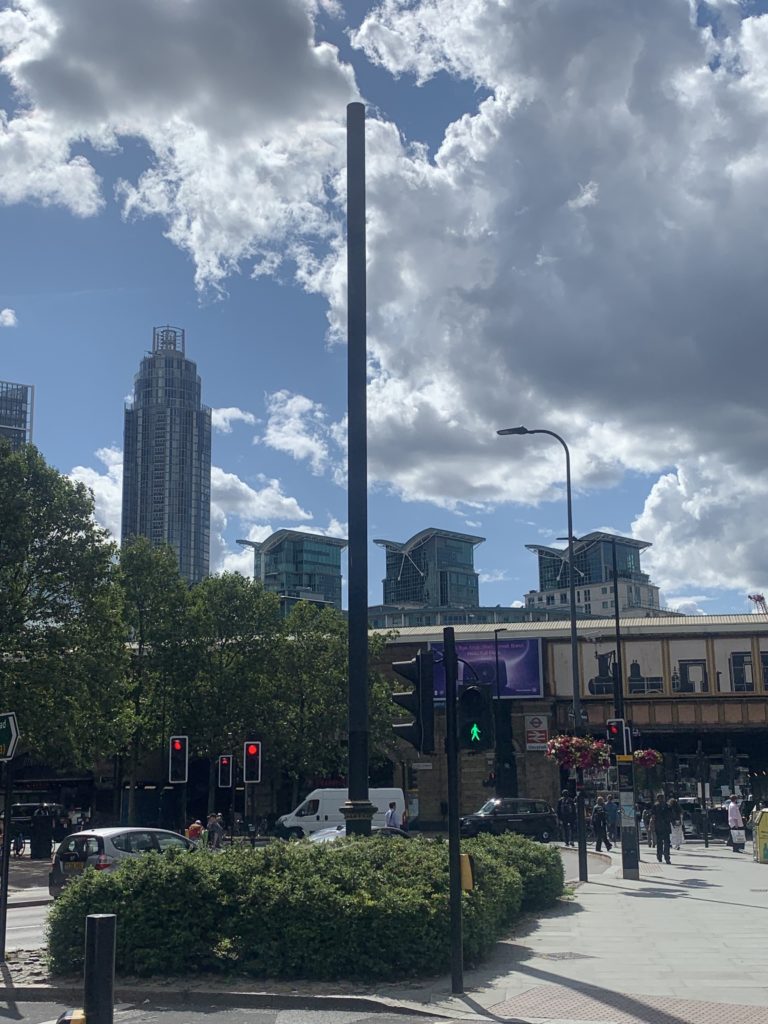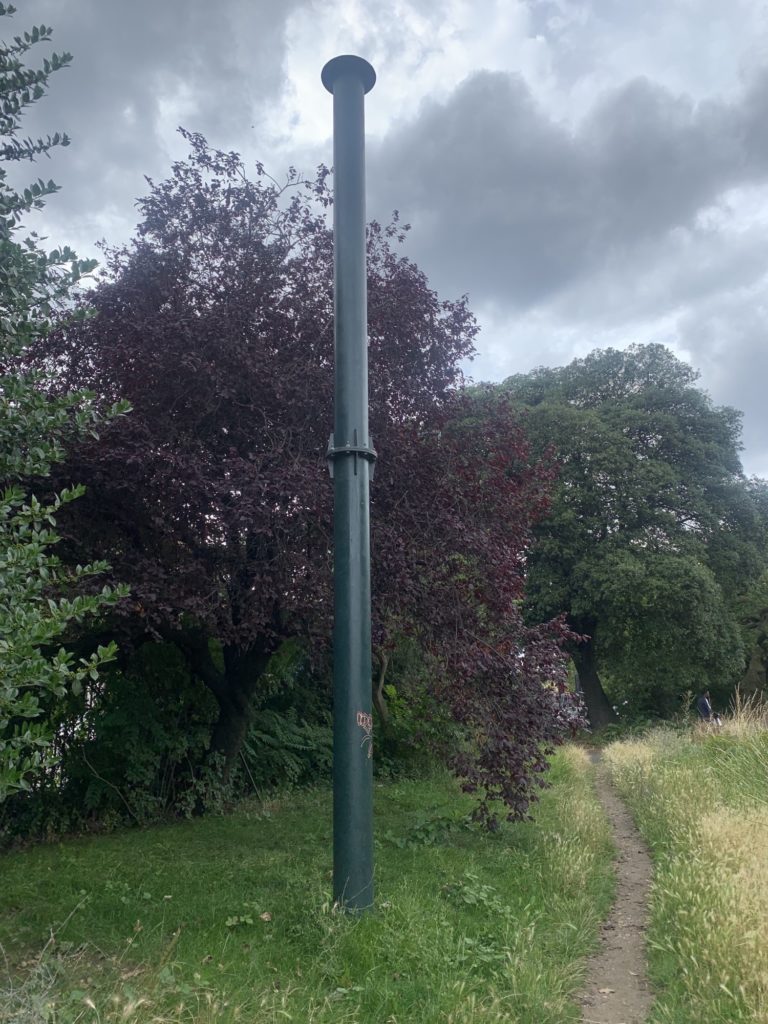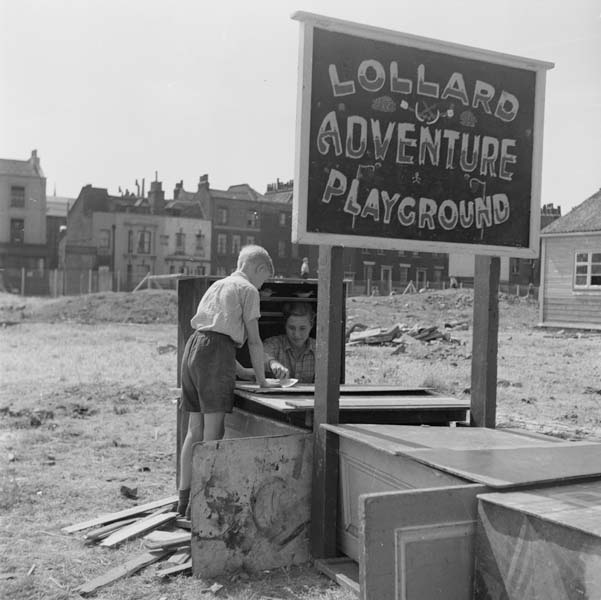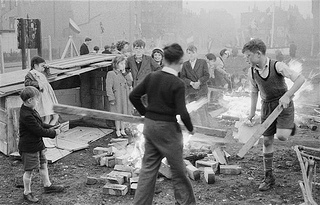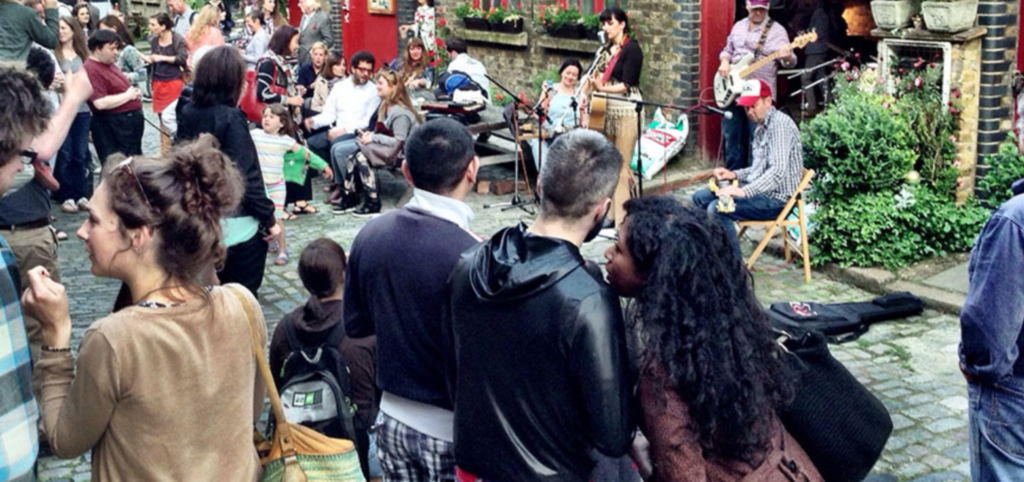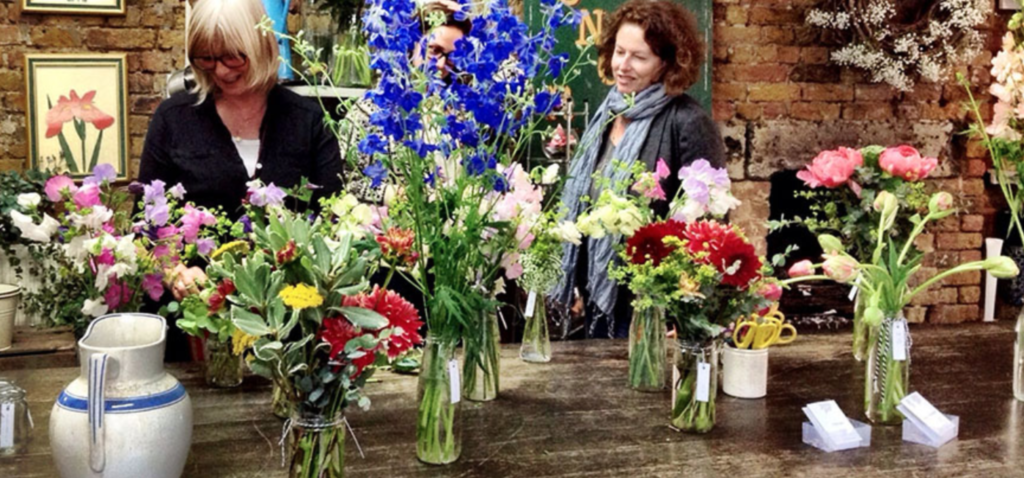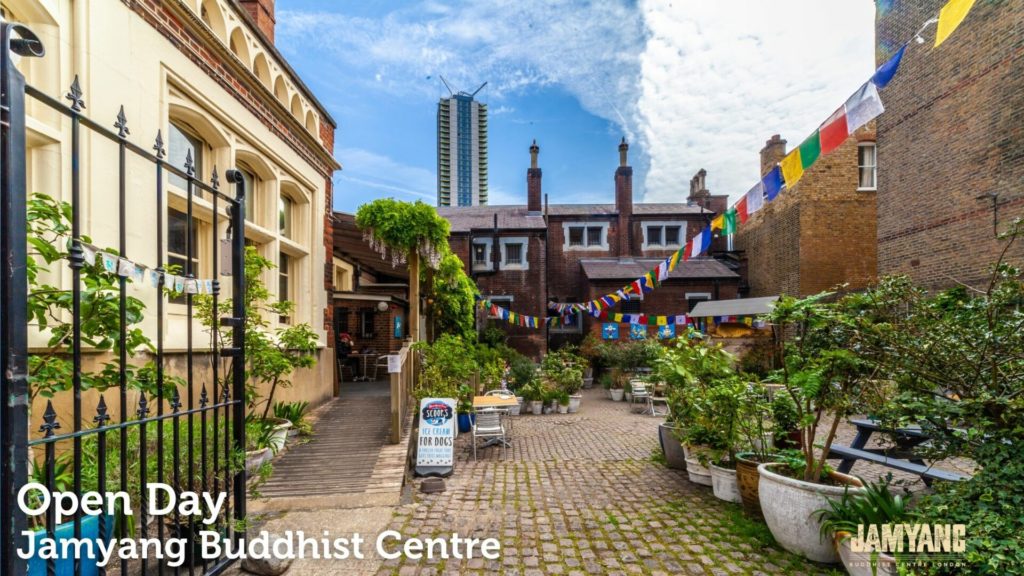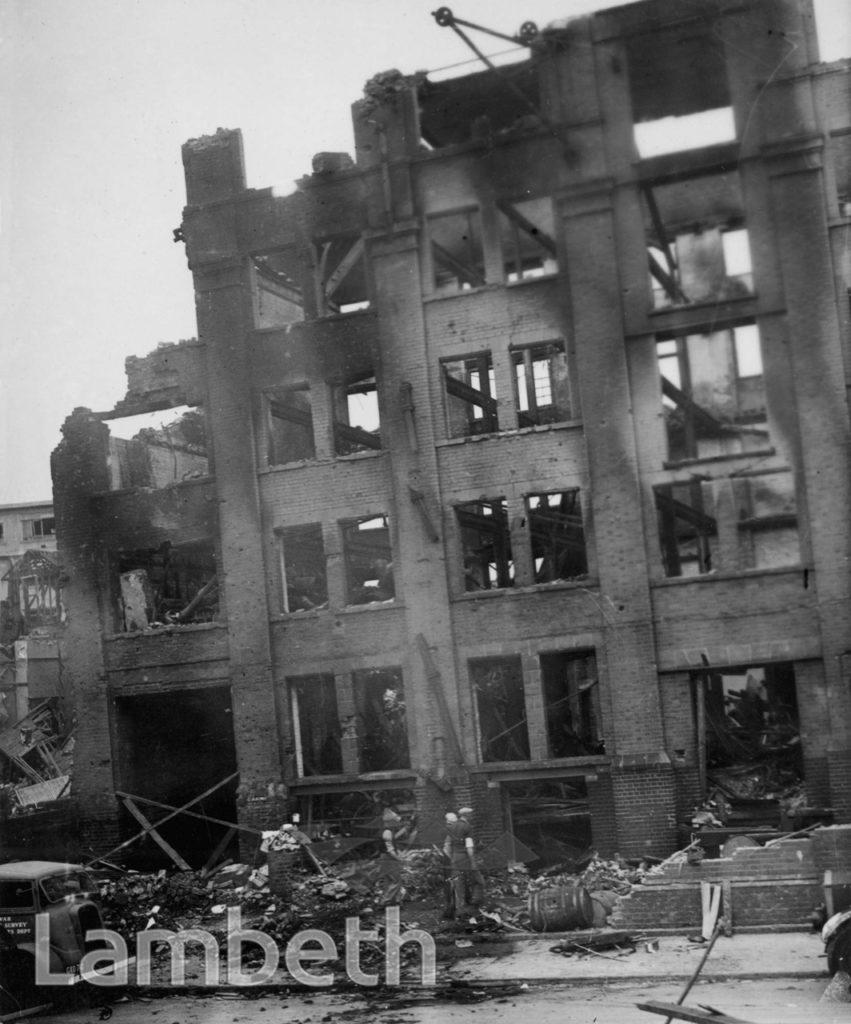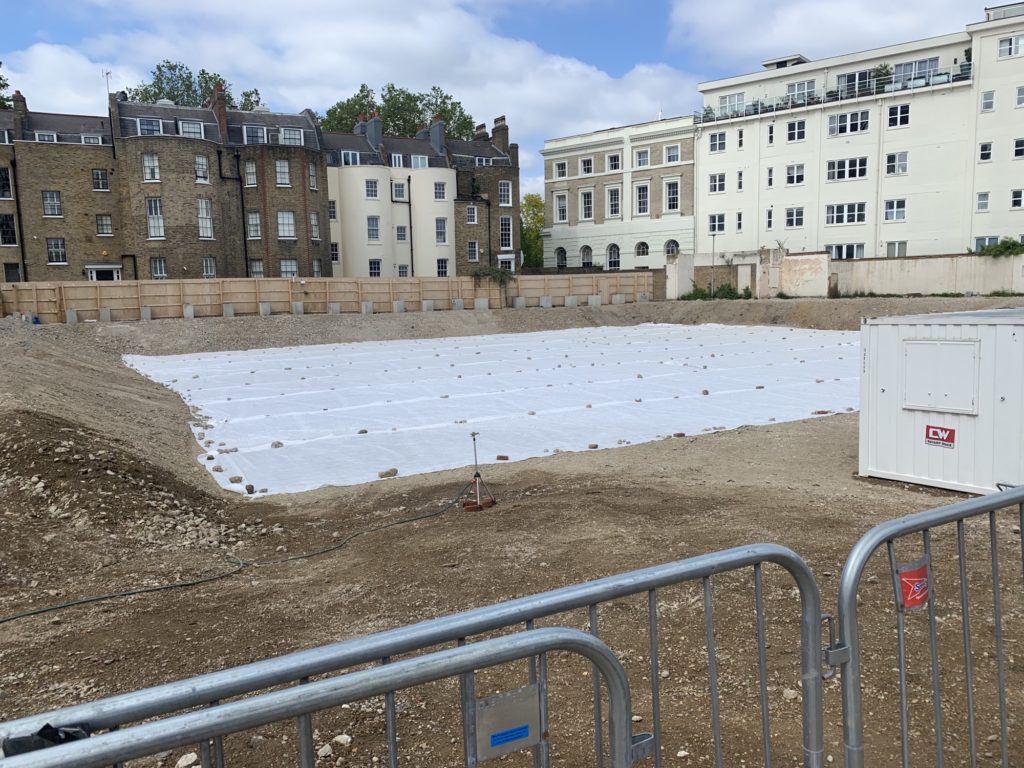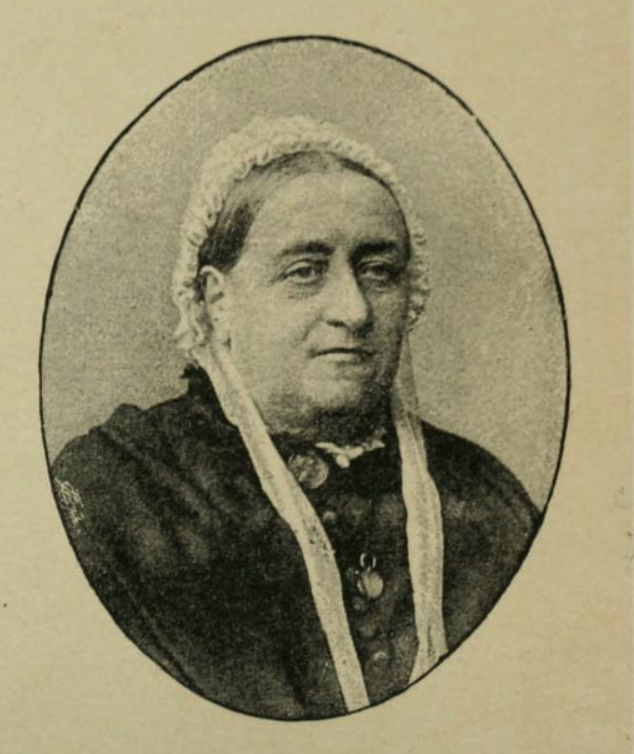We recently visited the spanking new exhibit ‘Spies, Lies and Deception’ at our very own world class museum-that-you-probably-don’t-go-to, the Imperial War Museum. The exhibit covers the vast period from WW1 to deepfakes and AI, and like all good things in life is totally free.
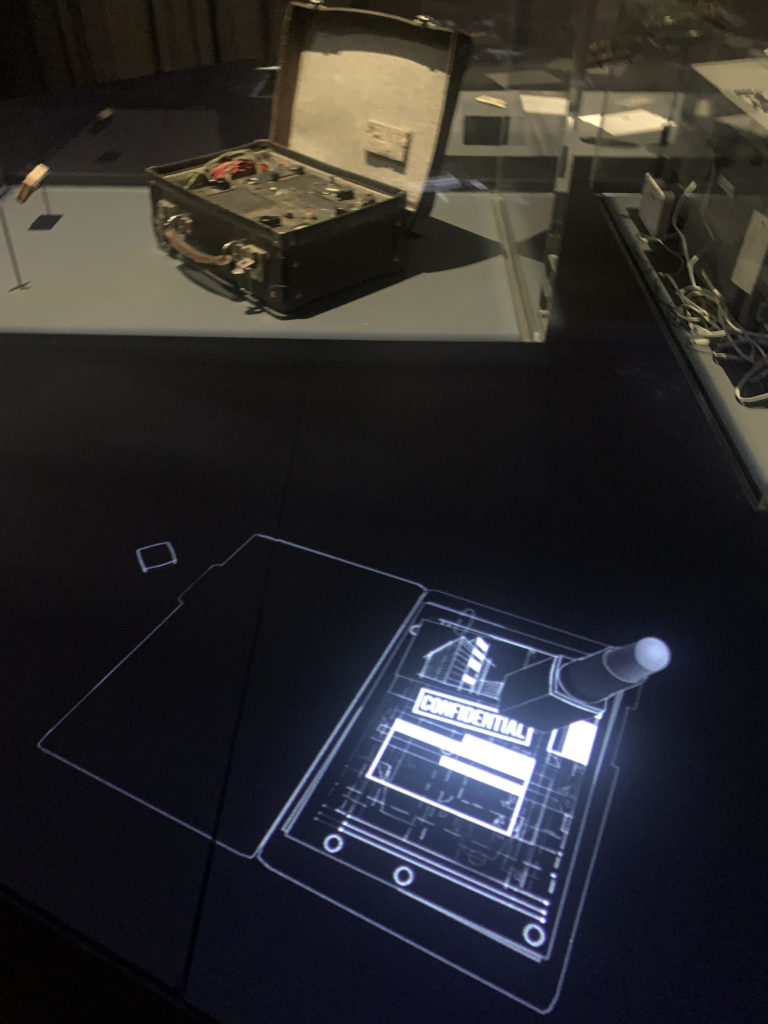
In this sprawling exhibit we initially learn that the fundamental goal of spying is to control a narrative to in order get the outcome you want. And what is on offer is the manifold ways in which this achieved, from pens that shoot teargas to ghetto blasters with hidden mics and fake airfields created by Shepperton Studios. The exhibit is broken down into smaller sections handily laid out as ‘Power of Persuasion’ (or the ability to control one’s mind), ‘Hiding Something’ (an Enigma machine features) and ‘Surprising the Enemy’ (eg camouflaged to look like a scary straw man). Now if only we could harness these skills to keep another estate agent from opening up in Kennington.
At its heart this is an exhibit about personal stories. These range from superspy Kim Philby to an unassuming middle aged couple who transformed their modest bungalow in Ruislip into a Russian spy HQ. And these stories continue to our present day, with a description of the Salisbury poisonings a few years ago. There are also stories on the home front about wireless operators and people sent covertly overseas and having to conceal this to their families. But our favourite display is the footprint overshoes used to create the illusion that the soldier was a local walking in the opposite direction.
If over the years you’ve given the IWM a wide berth because you think it promotes or celebrates war, we can assure you that this is not the case. It’s much more about the consequences of conflict, how to avoid it, and human resilience in the face of it. For those reluctant a good starting are the galleries about women during wartime, who kept the country moving as the men folk were fighting.
‘Spies, Lies and Deception is on now until 24 April so you have no excuse to not see it….Or just lie about seeing it to make you look clever and cultured.
